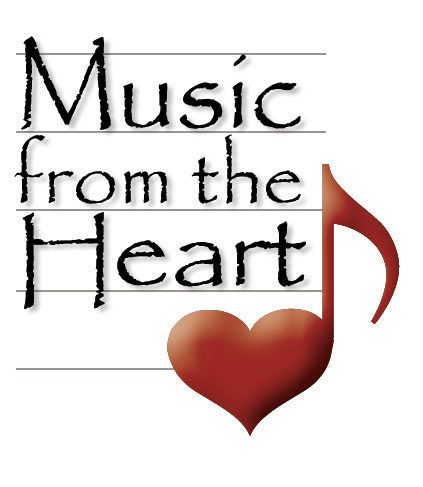When I was a boy, my father was a powerfully built man who could still do gymnastic feats of remarkable strength, balance, and agility. I was going blind although my parents had been told I was pretending. Hence, my dad insisted I play Cub Scout baseball, which he coached.
In those formative years, I only knew fear, humiliation, and failure concerning athletics. Most importantly I felt crushing disappointment, regardless of my own best efforts against my dad’s towering unreachable expectations. Throughout my junior high and high school years, I was confronted by athletics which all involved sports demanding hand-eye coordination and fast-moving balls I could not see. Finally, in college I discovered SCUBA diving, long-distance running and yoga as athletic activities which I could engage in and succeed. I became an athlete, although no friendly team surrounded me, and no crowds cheered me on.
The modern Paralympic movement began after WWII in a rehabilitation hospital in England, and a comparable program for blinded German soldiers. The sports begun by the English rehab hospital for soldiers and citizens who had experienced spinal cord injuries, developed from rehabilitation activities to recreation to competition. Ultimately, they grew into the first Paralympic Games in 1960, only for those who used wheelchairs. The German effort developed goal ball, a team rigorous sport specifically for those with visual disabilities, and still the only team sport for those with visual disabilities in the Paralympics.
In 1976 the Paralympics opened to all athletes with physical disabilities, and additionally for athletes with visual disabilities.
Today athletes who have hearing disabilities do not compete in para sports, as all athletic activities of the Paralympics are called. They have their own Olympic engagement called the Deaflympics.
In 1924, athletes with hearing disabilities first competed in the forerunner of today’s Deaflympics. Those games are the second longest running international multi-sport event, second only to the Olympic Games, which began in 1896.
That is a remarkable accomplishment, pre-dating the Paralympics by 36 years.
The Special Olympics, begun by Eunice Kennedy Shriver in her back yard in the early 60’s as a summer camp for individuals with cognitive disabilities, was codified as Special Olympics International in 1968.
The Special Olympics today involve nearly seven million participants, both athletes with cognitive disabilities and volunteers, some of whom engage as partners in unified athletics with athletes with cognitive disabilities.
The JFK Library reckons that Eunice Kennedy Shriver was the Kennedy who has made the greatest contribution to the world through the worldwide Special Olympic movement and its power to transform lives through the promotion of inclusion and well-being of everyone involved.
As I stand back and consider these international efforts, I am struck by several things: First, we in the disability community have been slow to develop inclusive Olympic undertakings. The Paralympics grew from sports exclusively for wheelchair users to athletic competitions that included individual with physical disabilities broadly. This was a great expansion among one sector of athletes with disabilities, but at the same time the Paralympics also opened their doors to athletes with visual disabilities. This reminds me of my days working withing the beginning of the disability rights movement. We only included people with physical and visual disabilities. While conversation is ongoing between the Paralympics and Deaflympics, currently there is no planning to merge these two great international organizations. Perhaps this is as it should be, but I think rather that ego and practice have kept things as they are. It takes risk and breaking down attitudinal barriers to do things more inclusively, even within Olympic organizations for people with disabilities. Would it ever be possible for the Paralympics to include athletes with cognitive disabilities as well? In alternative universe I can envision an opened-arm-Paralympics that includes all elite athletes with disabilities.
My second observation is that I expect that for most children with low incidence disabilities, they still grow up feeling that athletics are not for them. They quietly watch the teams and long for the friendships and communities that grow around them. I doubt that gym teachers strive to find ways to make those kids on the sidelines feel valued and successful as athletes. It is easier to get out the balls and teach those who can participate.
We all wave our flags and root on our national teams during the Olympics. But perhaps a bit of our energy should also go to finding ways to include all children and adults with disabilities in affirming groups that celebrate all abilities, build team identity, and find individual greatness.
